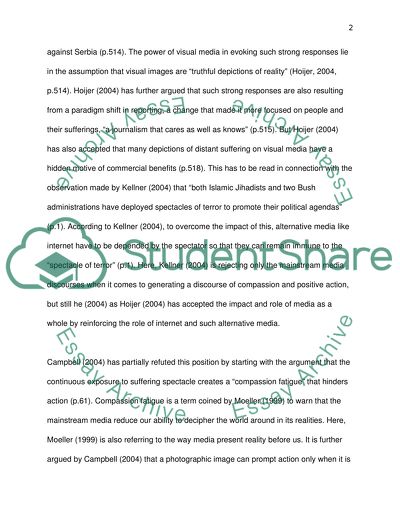Cite this document
(“Hoijer's Argument on Contemporary Media Essay Example | Topics and Well Written Essays - 2250 words”, n.d.)
Hoijer's Argument on Contemporary Media Essay Example | Topics and Well Written Essays - 2250 words. Retrieved from https://studentshare.org/sociology/1434642-i-agree-on-hoijer
Hoijer's Argument on Contemporary Media Essay Example | Topics and Well Written Essays - 2250 words. Retrieved from https://studentshare.org/sociology/1434642-i-agree-on-hoijer
(Hoijer'S Argument on Contemporary Media Essay Example | Topics and Well Written Essays - 2250 Words)
Hoijer'S Argument on Contemporary Media Essay Example | Topics and Well Written Essays - 2250 Words. https://studentshare.org/sociology/1434642-i-agree-on-hoijer.
Hoijer'S Argument on Contemporary Media Essay Example | Topics and Well Written Essays - 2250 Words. https://studentshare.org/sociology/1434642-i-agree-on-hoijer.
“Hoijer'S Argument on Contemporary Media Essay Example | Topics and Well Written Essays - 2250 Words”, n.d. https://studentshare.org/sociology/1434642-i-agree-on-hoijer.


